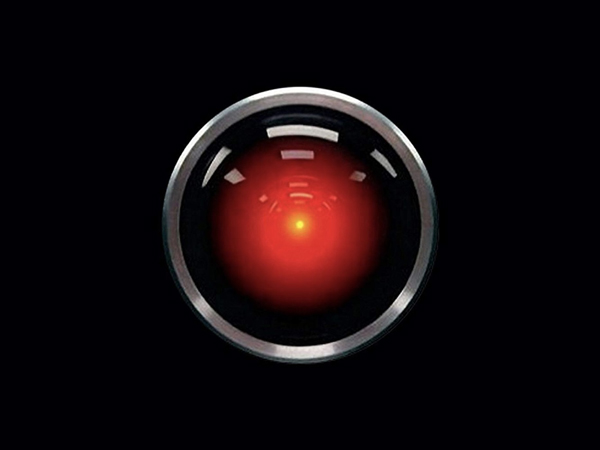“I’m sorry Dave, I’m afraid I can’t do that.”
Movie audiences first heard these calmly intoned and ominous words in 1968, spoken by a spaceship’s intelligent computer in the science-fiction masterpiece “2001: A Space Odyssey.” With that one phrase, the computer named HAL 9000 confirmed that it could think for itself, and that it was prepared to terminate the astronauts who were planning to deactivate it.
Fifty years after director Stanley Kubrick released his visionary masterpiece of space colonization, how close are humans to the future that he imagined, in which we partner with artificial intelligence (A.I.) that we ultimately may not be able to control?
We might be a lot closer than we think, with machines as smart — and as potentially threatening — as HAL lurking “in plain sight on Earth,” according to an essay published yesterday (Oct. 17) in the journal Science Robotics.
Essay author Robin Murphy, a professor of computer science and engineering at Texas A&M University, knows artificial intelligence well; she was a pioneering leader in the development of disaster-response robots, and she serves as director of Texas A&M’s Humanitarian Robotics and AI Laboratory, according to a faculty biography.
Kubrick’s portrait of HAL represented a rare glimpse of what were then very young fields: AI and robotics, showcasing three disciplines that were critical for developing artificial intelligence: “natural language understanding, computer vision and reasoning,” Murphy wrote in the essay.
By Mindy Weisberger – Full Story at Live Science



